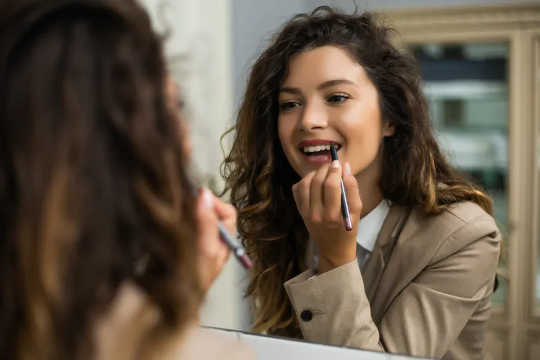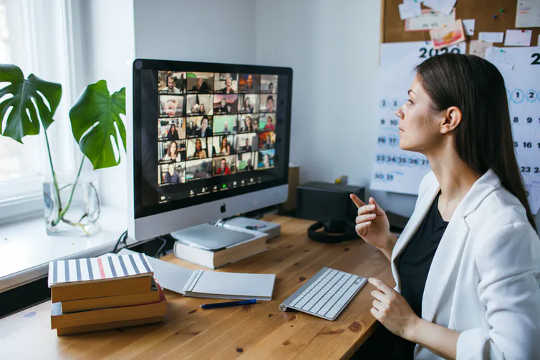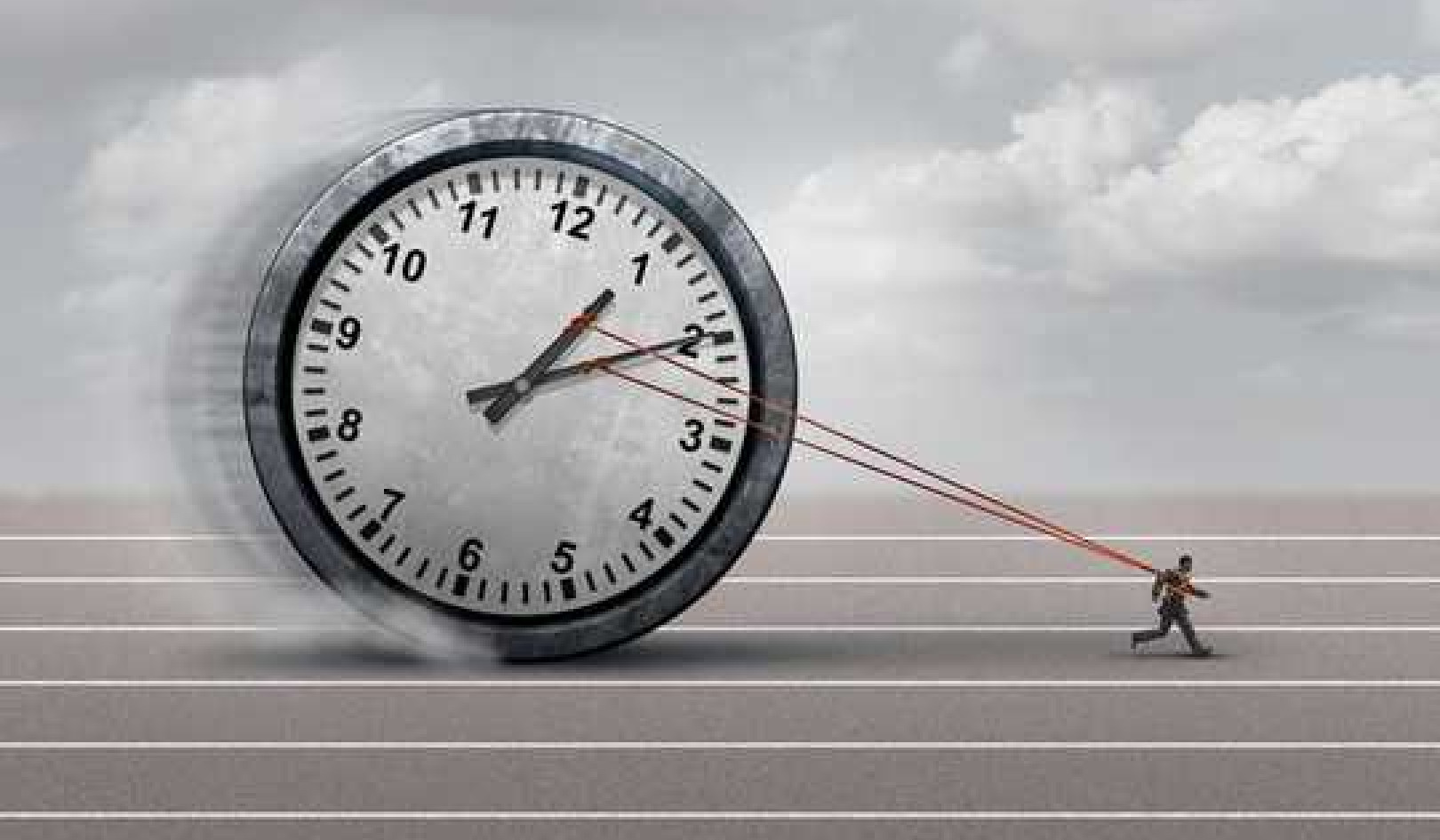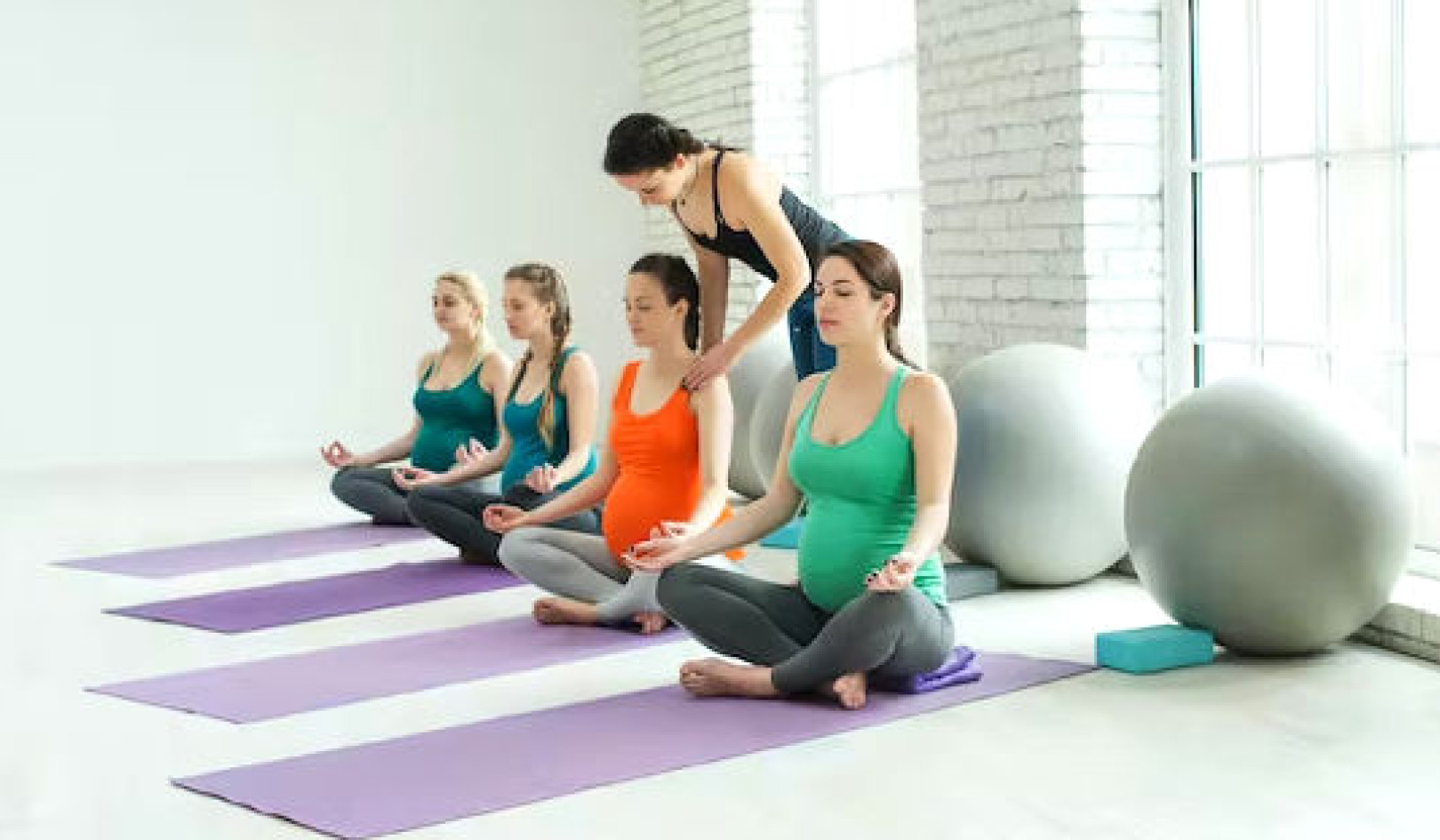
How to get ahead? Ines Bazdar
Universities position themselves as places where brains matter. It seems strange then that students at a US university would rate attractive academics to be better teachers. This was the finding of a recent paper from the University of Memphis, which concluded that female academics suffered most from this.
It raises an uncomfortable proposition, that beauty trumps brains even in 21st century workplaces. It would certainly be supported by veteran female broadcasters such as radio presenter Libby Purves, who recently complained about the way the BBC dispenses with women of a certain age.
Another survey, this time in the UK, gave a deeper sense of the problem. It reported that employers were asking female employees to dress “sexier” and wear make-up during video meetings.
Published by law firm Slater and Gordon over the summer, and based on a poll of 2,000 office-based staff working from home during lockdown, the report found that 35% of women had experienced at least one sexist demand from their employer, usually relating to how they dressed for video meetings. Women also reported being asked to wear more makeup, do something to their hair or dress more provocatively. Reasons offered by their bosses were that it would “help win business” and be “pleasing to a client”.
 Women get it worst. Girts Ragelis
Women get it worst. Girts Ragelis
It seems as though the shift to more virtual working has not eradicated what Danielle Parsons, an employment lawyer at Slater and Gordon, described as “archaic behaviour” which “has no place in the modern working world”.
When employees’ performance is judged on the basis of their physical appearance, potentially shaping their pay and prospects in work, it is known as lookism. It’s not illegal, but arguably it should be.
Beauty and the boss
The Slater and Gordon survey findings affirm that many trends that we describe in our recent book, Aesthetic Labour, are widespread and continuing despite remote working. Our book reports over 20 years of research and thinking about this problem.
Although our research started by focusing on frontline work in hospitality and retail, the same issue has expanded into a diverse range of roles including academics, traffic wardens, recruitment consultants, interpreters, TV news anchors and circus acrobats.
Companies think that paying greater attention to employees’ appearance will make them more competitive, while public sector organisations think it will make them more liked. As a result, they are all becoming ever more prescriptive in telling employees how they should look, dress and talk.
It happens both to men and women, though more often to women, and is often tied in more broadly with sexualising them at work. For example, while Slater and Gordon found that one-third of men and women had “put up with” comments about their appearance during video calls, women were much likelier to face degrading requests to appear sexier.
When we analysed ten years of employees’ complaints about lookism to the Equal Opportunities Commission in Australia, we found that the proportion from men was rising across sectors but that two-thirds of complaints were still from women. Interestingly, the University of Memphis study found no correlation for male academics between how their looks were perceived and how their performance was rated.
Society’s obsession
Of course, workplaces cannot be divorced from society in general, and within the book we chart the increasing obsession with appearance. This aestheticisation of individuals is partly driven by the ever-growing reach and importance of the beauty industry and a huge rise in cosmetic – now increasingly labelled aesthetic – surgery.
These trends are perhaps understandable given that those deemed to be “attractive” benefit from a “beauty premium” whereby they are more likely to get a job, more likely to get better pay and more likely to be promoted. Being deemed unattractive or lacking the right dress sense can be reasons to be denied a job, but they are not illegal.
Some researchers have described an emerging aesthetic economy. Clearly this raises concerns about unfair discrimination, but without the legal protection afforded to, say, disabled people.
Not only has this trend continued during the pandemic, it might even have been compounded. With the first genuine signs of rising unemployment reported this month, research already suggests a 14-fold increase in the number of applicants for some job roles. For example, one restaurant in Manchester had over 1,000 applicants for a receptionist position, while the upmarket pub chain All Bar One reported over 500 applicants for a single bar staff role in Liverpool.
Employers are now clearly spoilt for choice when it comes to filling available positions, and those perceived to be better looking will likely have a better chance. We know from research by the University of Strathclyde’s Tom Baum and his colleagues that the hospitality industry was precarious and exploitative enough even before COVID.
It all suggests that lookism is not going away. If we are to avoid the archaic practices of the old normal permeating the new normal, it is time to rethink what we expect from the workplace of the future. One obvious change that could happen is making discrimination on the basis of looks illegal. That would ensure that everyone, regardless of their appearance, has equal opportunity in the world of work to come.![]()
About the Authors
Christopher Warhurst, Professor of Work and Employment, University of Warwick and Dennis Nickson, Professor of Work, Employment and Organisation, University of Strathclyde
This article is republished from The Conversation under a Creative Commons license. Read the original article.

























